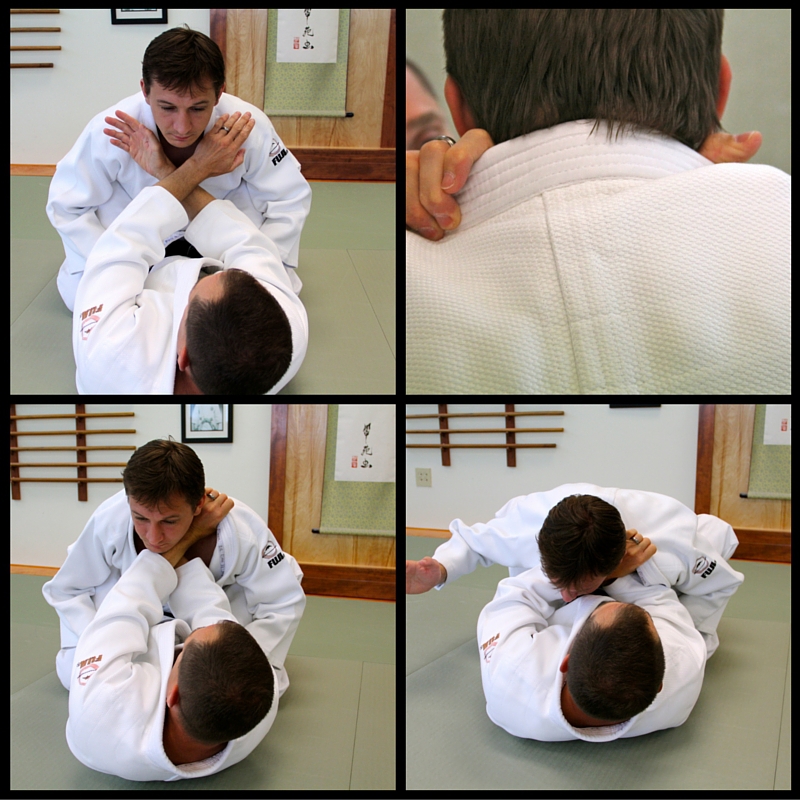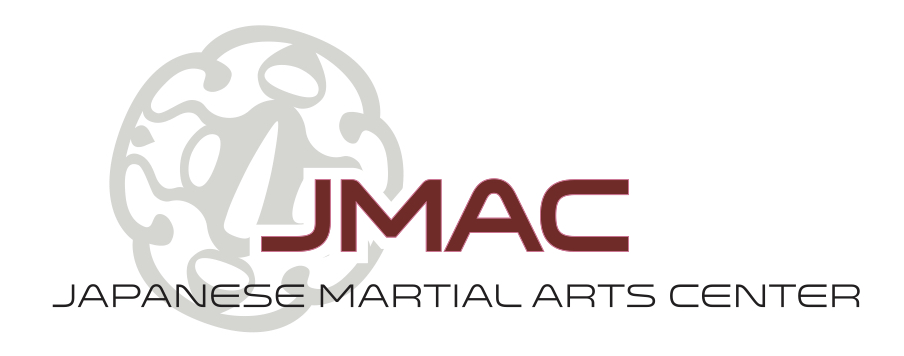Kata-juji-jime | Front Lapel Stranglehold
Kata-juji-jime is a hybrid between the normal cross lock and the reverse cross lock. The difference between Kata-juji-jime and its parents is the positioning of the hands. One palm should face up and the other down.
In Brazilian Jiu Jitsu, it is referred to as the Front Lapel Stranglehold. It is most commonly done when the attacker mounts the opponent. However, it is also a versatile choke, like the other juji-jime.
Characteristics of the choke include:
⁃ The use of a gi
⁃ Versatile positions of execution, such as pulling guard on the opponent, gaining control of the sides, mounting the opponent, and standing
⁃ Pressure on the carotids, classifying this as a blood choke
⁃ One hand sinks the thumb and the other hand holds the collar by the fingers

Unless executed under proper instruction, please do not attempt this chokehold on your own! For more information on Judo or Jiu Jitsu, Ann Arbor Japanese Martial Arts Center is happy to answer your questions!
